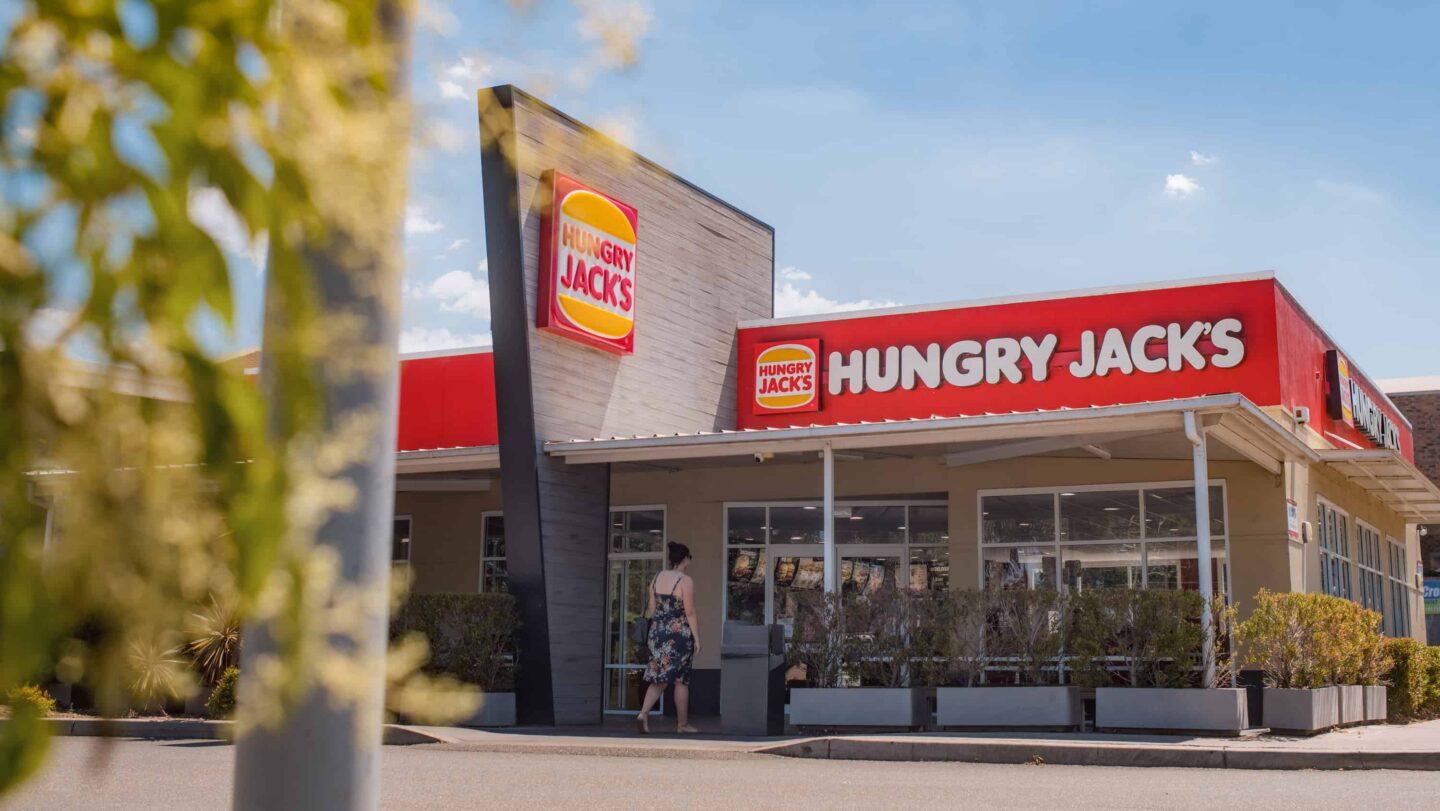
Hungry Jack’s: Why Burger King Has a Different Name in Australia
In 1971, a 28-year-old named Jack Cowin bought the rights to franchise Burger King in Australia. Unfortunately, he realized the trademark was already taken by an American immigrant who had built 17 of his own “Burger Kings” down under.
So he talked with Burger King Corporate, and they decided they’d rebrand the concept to “Hungry Jack’s” in Australia. The agreement stated that Burger King corporate would function like they would with any other franchisee i.e. providing operational and marketing support.
The only thing that would be different was the brand name.
After growing Hungry Jack’s into a national brand in Australia, Burger King then tried (& failed) to overtake Jack Cowin’s locations.
But they didn’t think Jack would fight back – here’s how Jack Cowin beat The King…
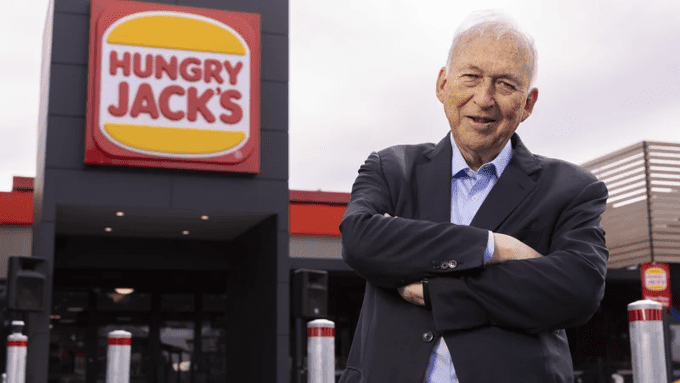
The Hungry Jack’s Franchise Origin Story
Born in Canada in 1942, Jack Cowin went into life insurance sales after graduating college. In the mid-1960s, his father returned from a business trip in Australia and was raving about the amount of opportunity in Australia.
Jack heard this and decided to act on it quickly – in 1968, he moved to Australia with little money but tons of ambition. After he arrived and settled in, Jack noticed the lines at a Chinese takeout restaurant were VERY long.
This led him to believe that Australia had a major gap in the market for fast food. So he convinced 30 people to give him $10,0000 each, and in 1969 opened the first KFC in western Australia.
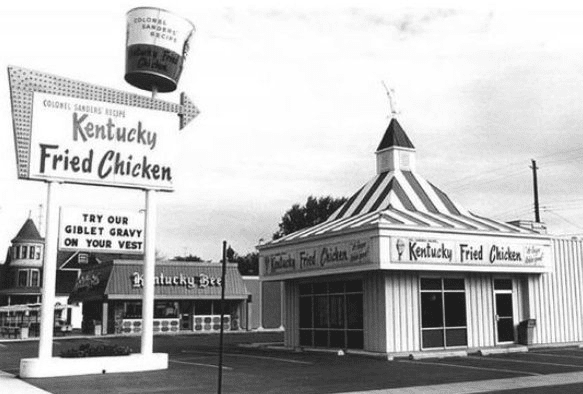
“It was like drilling for oil and hitting a wildcat well. It was an instant success.” Within a few years, Jack had several KFC locations to his name and was hungry for more success.
In 1971 when Burger King was eyeing the Aussie market, Jack saw the major potential and jumped at the opportunity, ultimately purchasing the rights to the entire country. But in 1966, an American immigrant registered the ‘Burger King’ trademark which had already expanded to 17 locations across the country.
Unable to buy the trademark, Cowin and Burger King moved ahead with the name “Hungry Jack’s” instead. The first Hungry Jack’s would open on April 18th, 1971.
Much like his KFC locations, Hungry Jack’s quickly took off, and ten years later he had built it to over 40+ locations. By 1990 when Cowin’s franchise agreement was set to renew, Cowin didn’t hesitate to renew it. But the updated agreement had new terms written in it from Burger King corporate…
The 1990 Burger King Contract
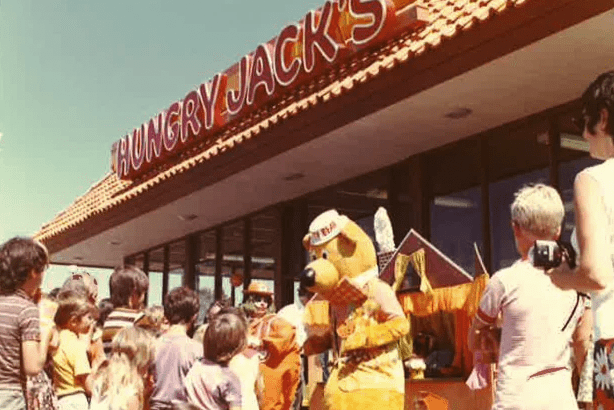
In the renewed agreement, Burger King stipulated that any new restaurant was “subject to their financial and operational approval”. This clause would play a pivotal role because in 1995 they not only froze all of Hungry Jack’s expansion plans, but they also started building their own Burger King locations!
Why?
They wanted to have brand continuity across the globe, rather than have Australia be the only market where the Burger King brand did not exist.
To legally enforce this strategy upon Cowin, Burger King cited poor operational standards as the reason. But the reality is that Burger King was exploiting a technicality.
On the surface, Cowin *was* using outdated operating procedures, BUT only because Burger King deliberately withheld sending him up-to-date ones. They did this because they had offered to buy out Cowin’s locations, and assumed he would take it. Cowin felt that their offer was about $18 million lower than he deserved – quite a large gap.
Regardless of the offer, Cowin’s locations were performing well, and he had even struck a partnership with Shell Gas Stations to accelerate expansion.
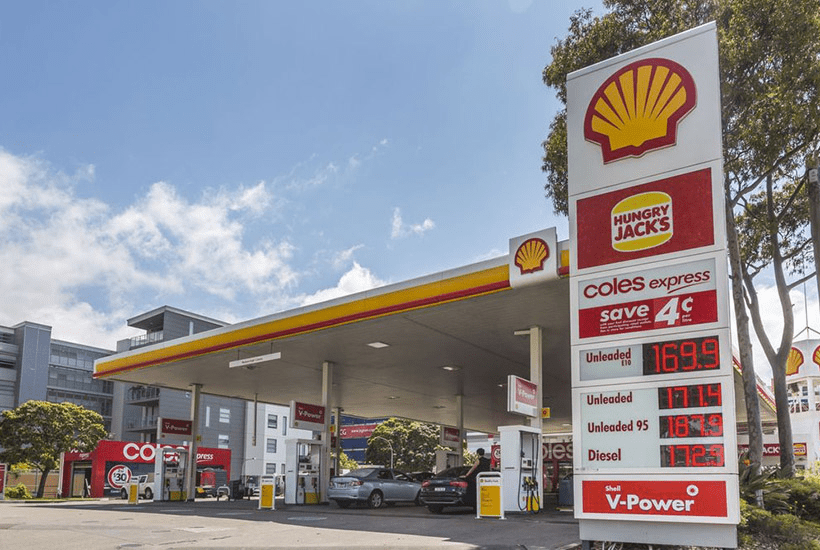
Cowin had to make a choice – should he sit by idly and watch Burger King (his former teammate) overtake Hungry Jack’s and his years of hard work? Should he sell the locations to Burger King?
What he decided was not for the faint of heart. Cowin took on Burger King, a multi-billion dollar company, and went to trial for improper breach of their franchise agreement. The court saga would go on for a grueling 5 years.
“If we lose, it’s going to cost us $100 million in legal fees and owed royalties“.
After a long legal battle, on the night before the court decision, Cowin felt the pressure and called his lawyer to say the following:
“In the grand scheme of things of what we could lose to Burger King…we should settle”.
So Jack Cowin rang Burger King headquarters, who surprisingly seemed relieved to get the call. Burger King’s legal representatives verbally agreed to settle and said they’d fax a confirmation by the morning.
The Morning of the Decision
On the morning of June 21st, 2001, Cowin was in shock at the fax he woke up to:
“No deal. If you thought there was a deal, you’re wrong”.
There was nothing Cowin could do, Burger King was playing hardball and it was up to the court to decide. Luckily for Jack..the court ruled in Hungry Jack’s favor! Cowin didn’t lose any money, and in fact, Burger King owed Cowin $70-$75 million in damages.
Only later would the Hungry Jack’s team learn why Burger King balked at the agreement:
It turns out, that Burger King’s executives were so perplexed that Cowin would offer to settle after five hard years of fighting. They were shocked at his ferocity over the years, so they concluded the only reason he’d do so is if he had an inside source that he had lost the case.
Remember – Burger King was fighting on foreign ground in Australia’s court system. They thought that Jack Cowin as the local Australian had connections within the court system.
But Burger King gambled with that assumption…and lost! Following the ruling, Burger King rebranded all of its 81 locations to Hungry Jack’s. They also invested $150 million into Hungry Jack’s to build 100 new restaurants.
It was said this was done in “the spirit of a mutually successful business relationship”.
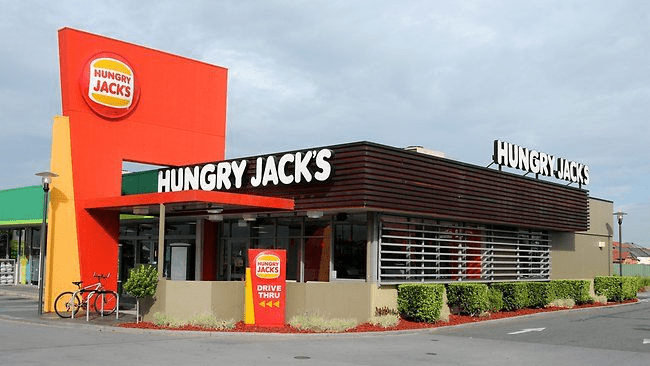
Jack Cowin is now worth $2.9 billion and is the 24th wealthiest person in Australia.
To this day, you won’t find a single Burger King down under.
But you will find Hungry Jack’s. 443 of them to be exact.
